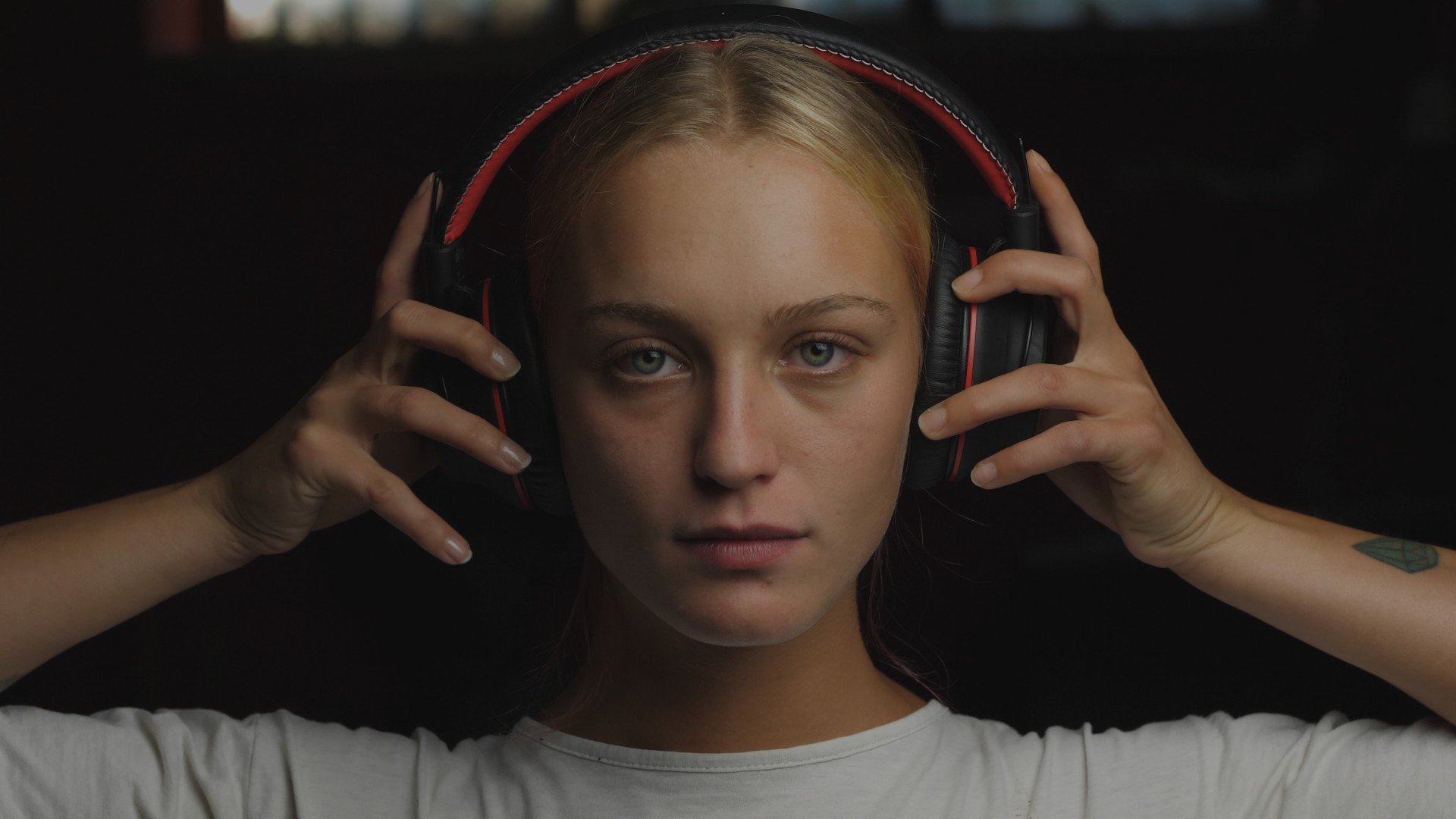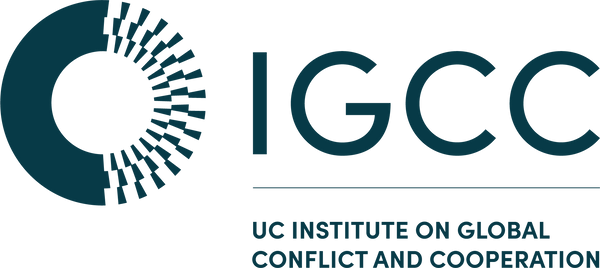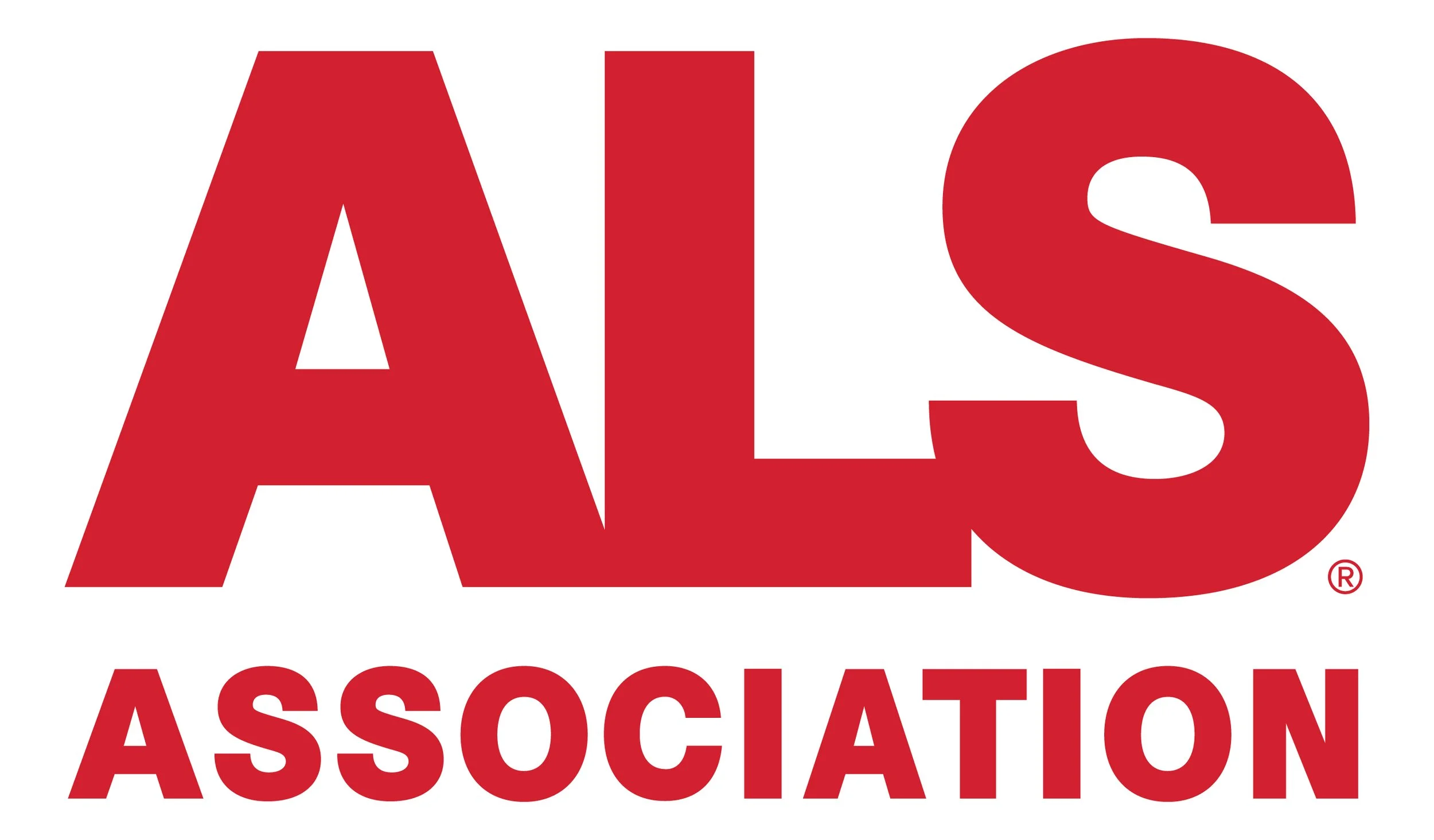
LISTEN TO THIS
IMMERSIVE BRANDED AUDIO, PODCASTING AND BEYOND
CREATIVE
INNOVATIVE
EFFECTIVE
Podcasting can do so much for your business or organization, from educating and inspiring your customers to positioning you as the experts in your field. But only a thoughtful, well-produced series will achieve the results you want. The CitizenRacecar team has the knowledge, skill, and creative energy to dive deep and build a podcast that will find your desired audience and change how they think, feel, and behave.
-

"Working with CitizenRacecar was a total pleasure. They are absolute pros at what they do—savvy, responsive, expert, and fun to work with. Their intelligence and style is reflected in each episode, and I found that they were able to interpret our goals and ensure they were reflected in the end product. I never felt they were forcing a vision we didn’t want. It was a true partnership. Thanks CitizenRacecar!"
Lindsay Morgan
Associate Director
UC Institute on Global Conflict and Cooperation
University of California, San Diego -

“The team at CitizenRacecar feels like an extension of our own team. We’ve worked closely with them over the last two years to produce a podcast for neuroendocrine cancer patients. It’s a complex and misunderstood disease, yet CitizenRacecar has been masterful at weaving the expertise of physicians and the stories of patients together to produce episodes that are both educational and engaging.”
Melissa Phillips
Director of Communications
Neuroendocrine Tumor Research Foundation -

“CitizenRacecar does an outstanding job! I have worked with them on several podcast series and they are professional, easy to work with, and tell an amazing story. These podcasts do an exceptional job of conveying complex scientific concepts in a way that anyone can enjoy, and they are an invaluable part of our public outreach efforts.”
Chenelle Bonavito Martinez
Director – Policy, Evaluation, and Transformation Group
New York Academy of Sciences -

"The team at Citizen Racecar is top-notch. I started working with them two years ago when I was thinking about starting a podcast. They helped me with everything: equipment, format, and post-production. As a weekly podcast, I worried about the turnaround time but Citizen Racecar is always blazing fast, and the quality is super! I would recommend them to anyone without reservations!"
Rick Watson
CEO and Founder
RMW Commerce Consulting -

"Our dynamic partnership with Citizen Racecar brought our Formative podcast to life. Co-hosted by me and the amazing middle schoolers in our New York City-based afterschool program, we share the educational journeys of leaders across an array of industries. In doing so, our students explore journalism, podcasting, and gain exposure to diverse career paths. We've recently expanded our work to engage additional students in creating site-based podcasts covering school and community news. It is a wonderfully enriching experience for all of us."
Rachael Gazdick
CEO
New York Edge -

"CitizenRacecar empowers me to connect with people living with ALS, as well as their caregivers and loved ones. It also allows me to connect with the individuals on the front lines, who are tirelessly fighting to make ALS livable for everyone, everywhere, until a cure is found. Their exceptional support brings these stories to life within the community we serve, in an engaging and powerful way. "
Jeremy Holden
Communications Director
The ALS Association

